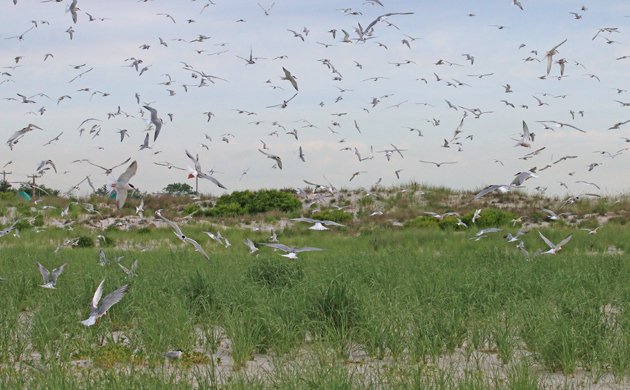
Nickerson Beach is an amazing place to visit when the breeding birds are back. Though it is an active beach at which people fish, swim, and otherwise recreate, it also hosts an impressive array of beach-nesting birds that are readily accessible though protected. It is a mecca for nature photographers and weekend mornings during the season often see a score or more photographers taking advantage of the early morning light (and that by getting there before 8 AM you can avoid the $30 entrance fee). Common Terns, Black Skimmers, Piping Plovers, Least Terns and American Oystercatchers all nest along the beach and occasionally other terns like Roseate Tern, Arctic Tern, and Gull-billed Tern show up too.* Nickerson Beach is also the spot for loafing Lesser Black-backed Gulls in the summer months – it holds the record-high count for Lesser Black-backed Gulls in New York State by a wide margin.
But this post is about a very young Common Tern getting fed a very big fish. And it’s also about another young Common Tern, its sibling, not getting fed. I know that the terns are very young because when I was at Nickerson Beach on Saturday morning I didn’t see any young terns but on Sunday morning there were quite a few visible. That and they are tiny little creatures! Rather than going on and on about them I will use pictures and their captions to tell the tale. Enjoy!
You see Common Terns coming into the colony nonstop with the fruits fish of their labors. It amazes me that they know which young belong to them.
As soon as the young notice a parent coming in with food they start yelling for it.
Feed us! Feed us! Feed us!
Stop circling around and land already! We’re hungry!
Oooof! That’s a big fish!
Come on! Share! That fish is huge!
I didn’t get any food!
Mom! Snuggle with me. I didn’t get any food and I need some love instead.
Mom left, I’m hungry, and all I have for company is my smug bastard of a brother with his full stomach.
He’s better than nothing, though. Want to snuggle?
Here’s hoping that the parents continue to be successful in catching fish and that both youngsters get their fare share. After all, we want more Common Terns so they will continue to make such adorable offspring!
If you would like to check out a slightly older Common Terns going on an epic adventure check out this post from three years ago.
…
*Though this year the Least Terns appear to be uninterested in the location.


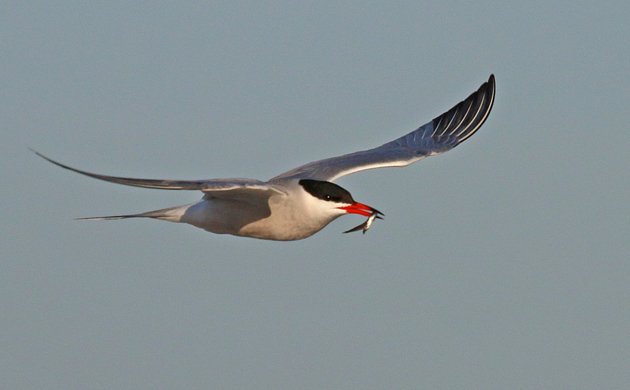
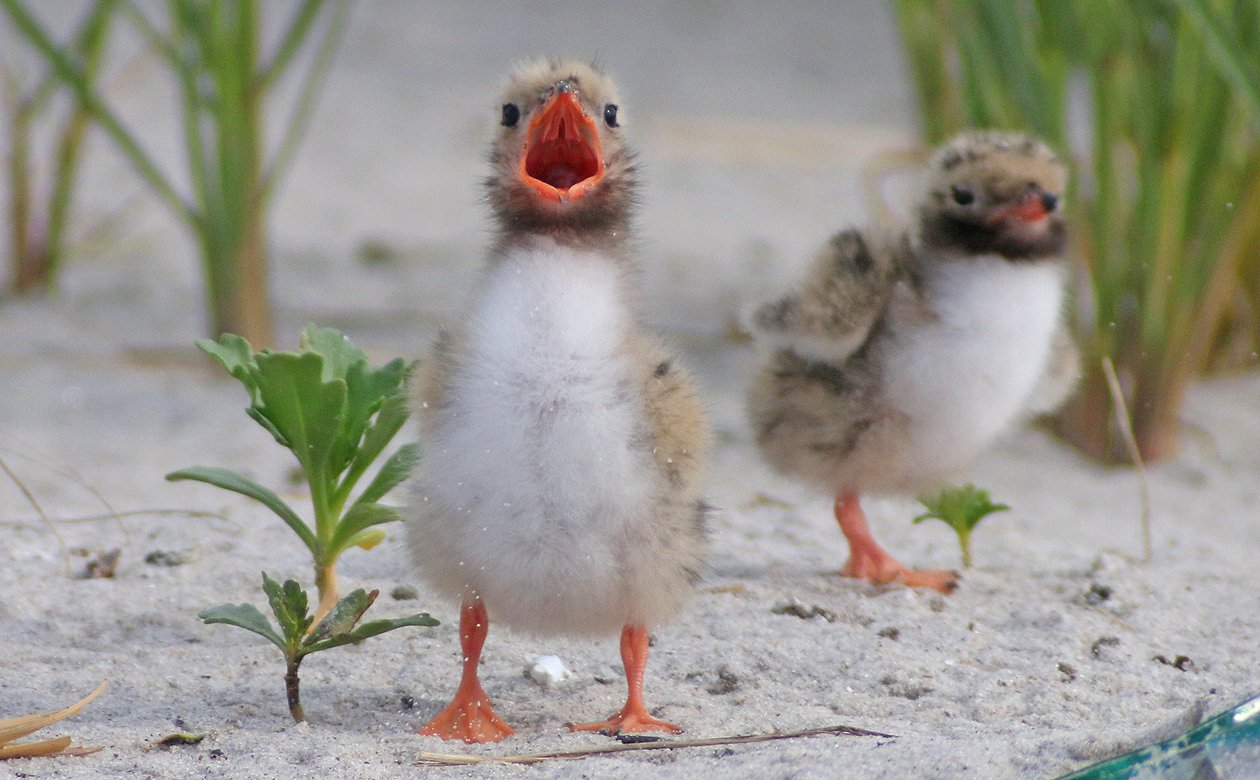
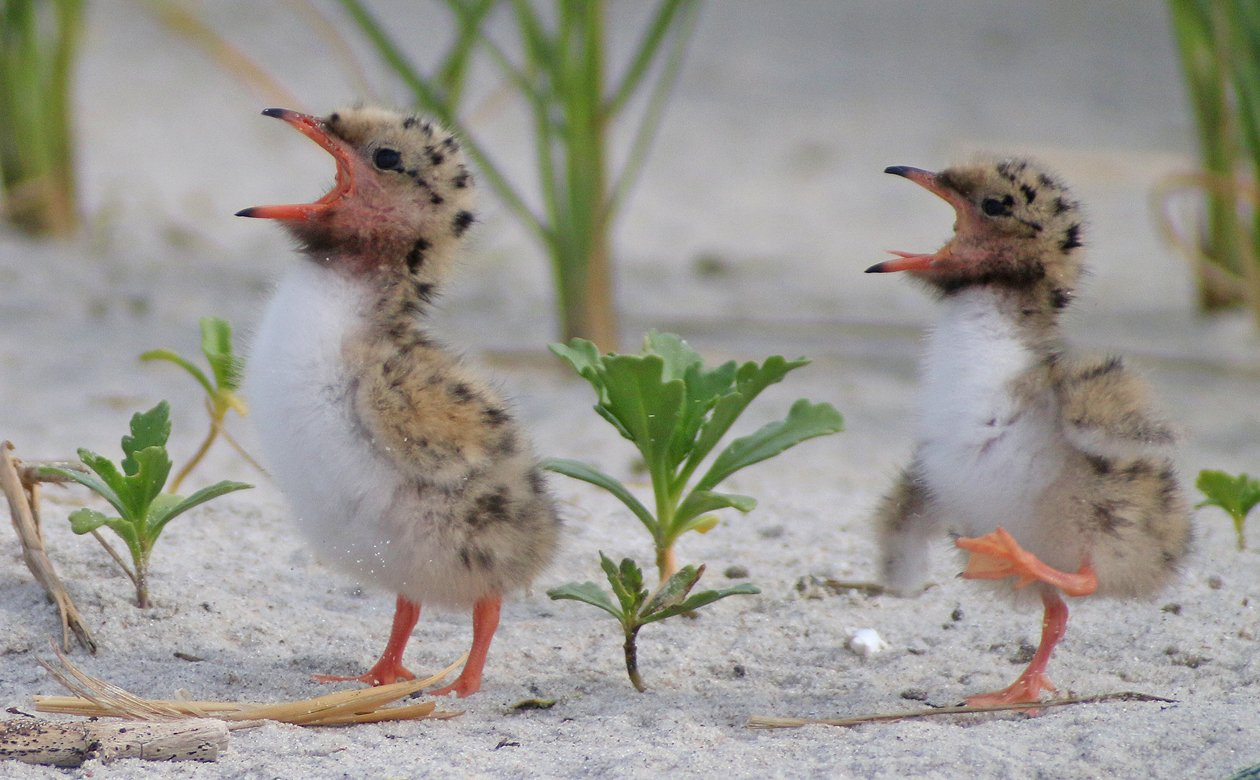
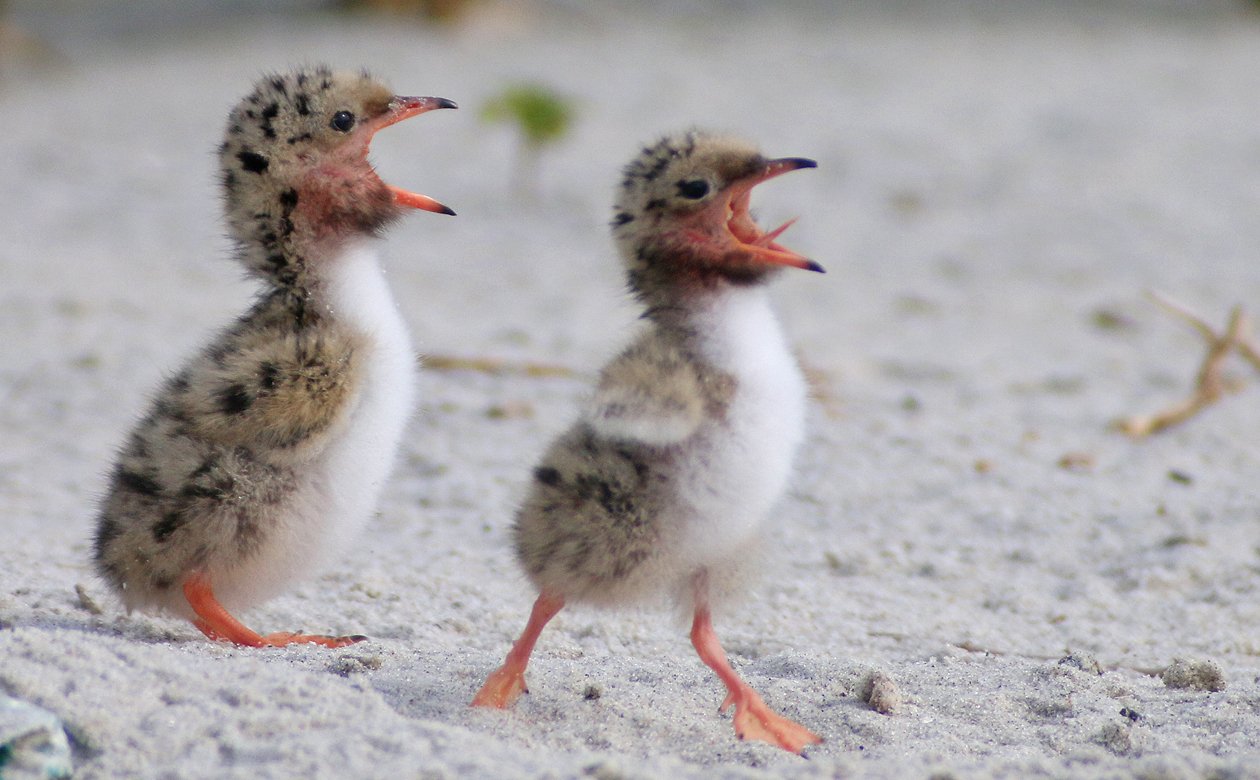
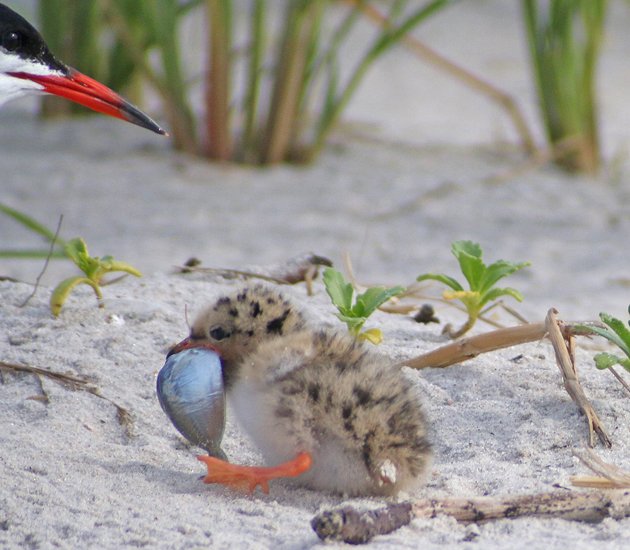
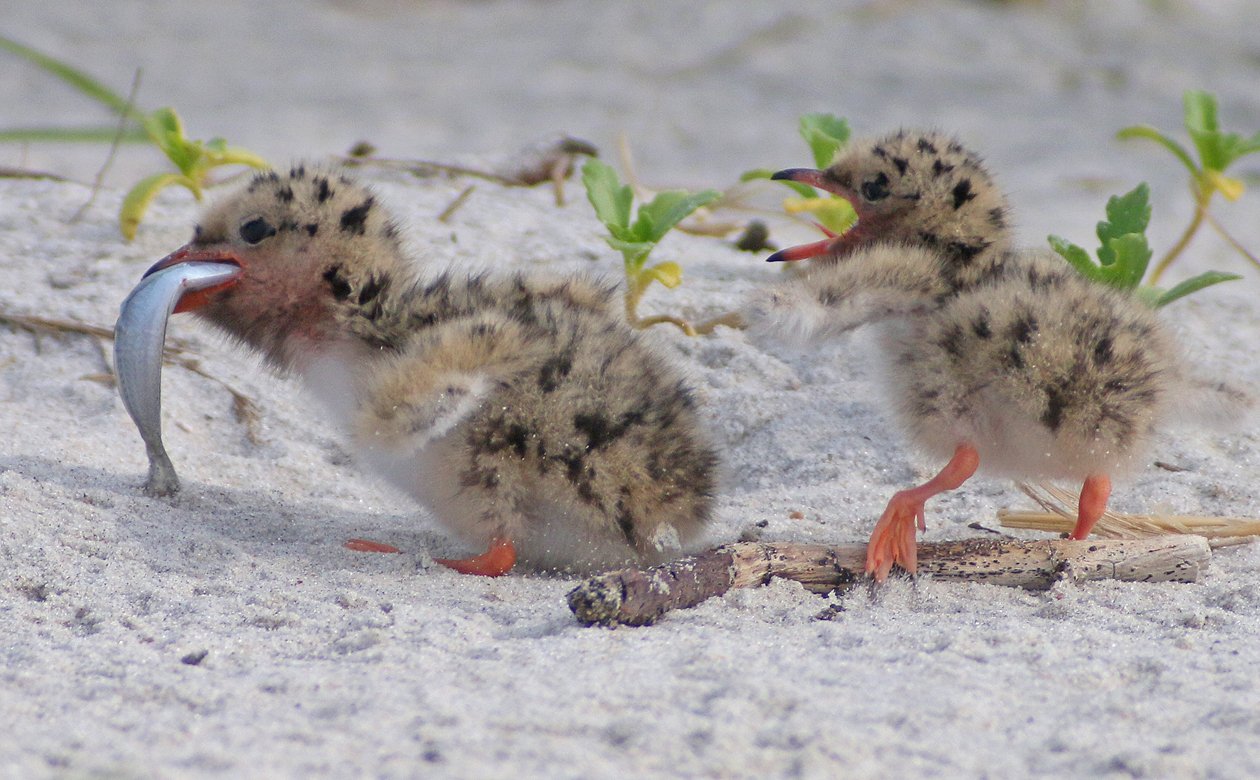
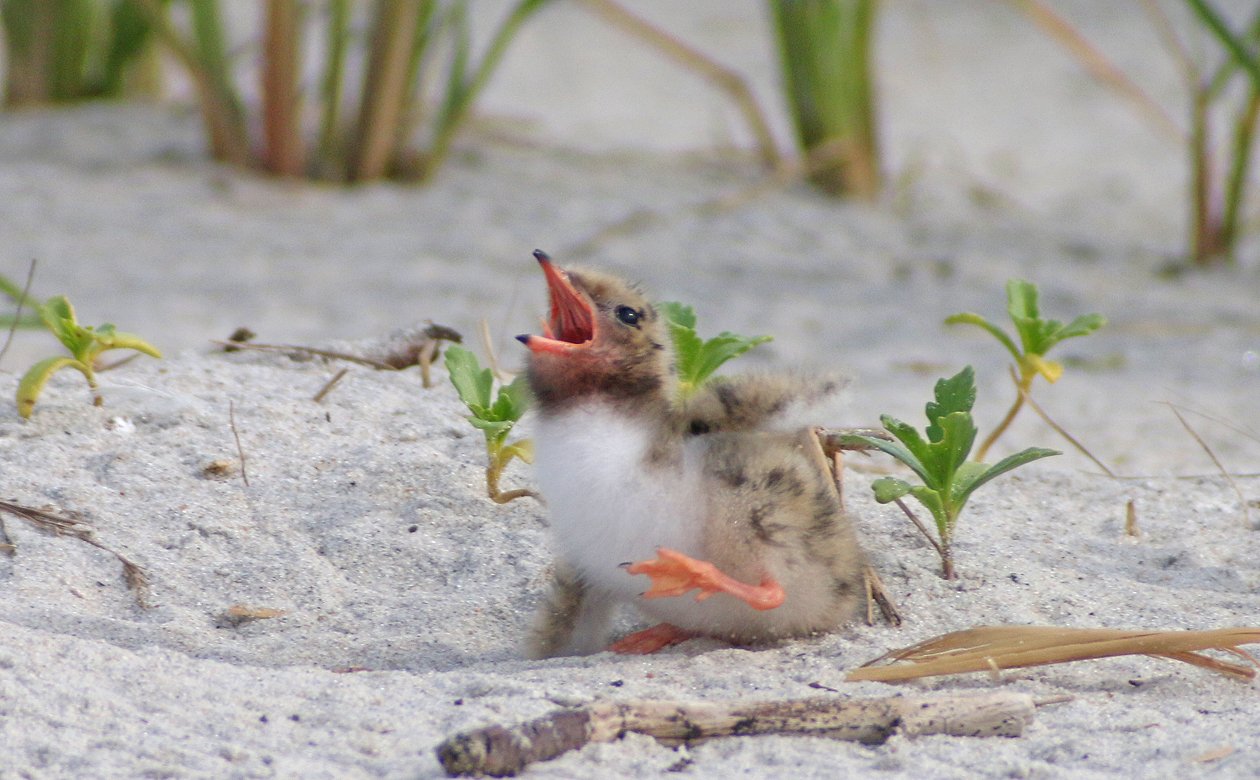
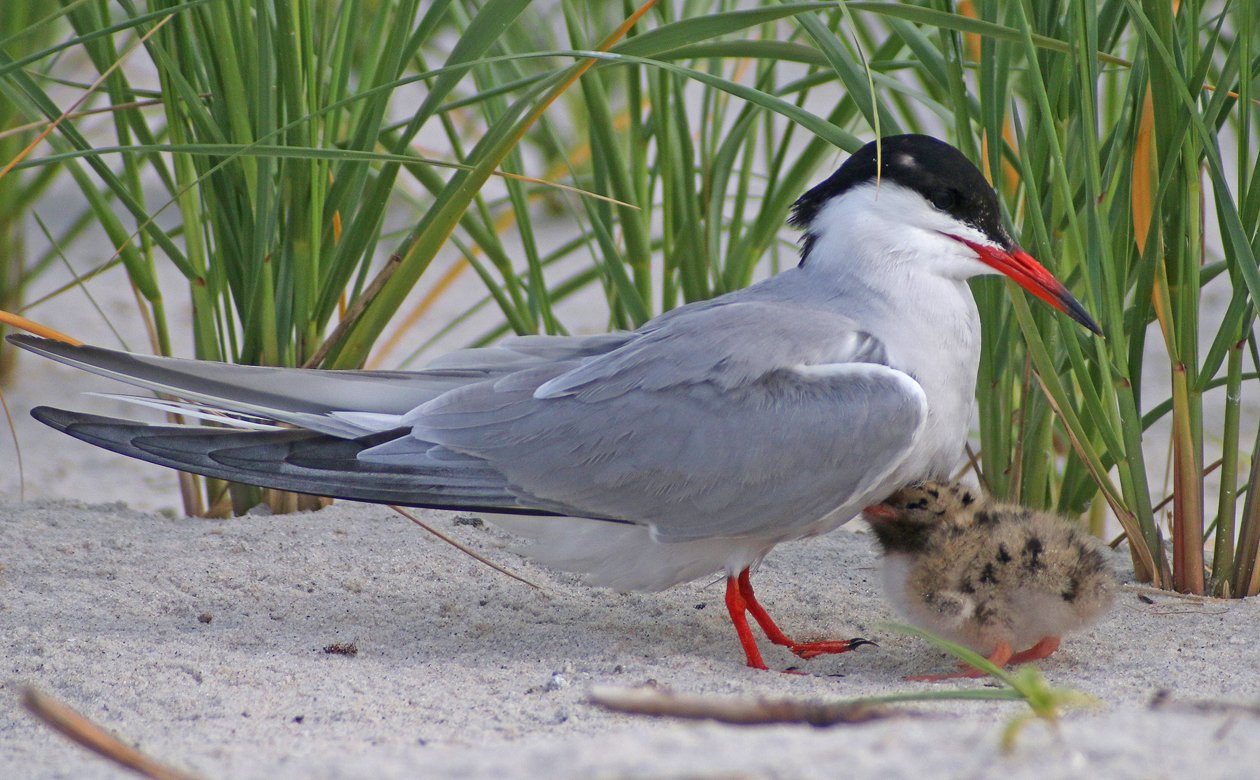
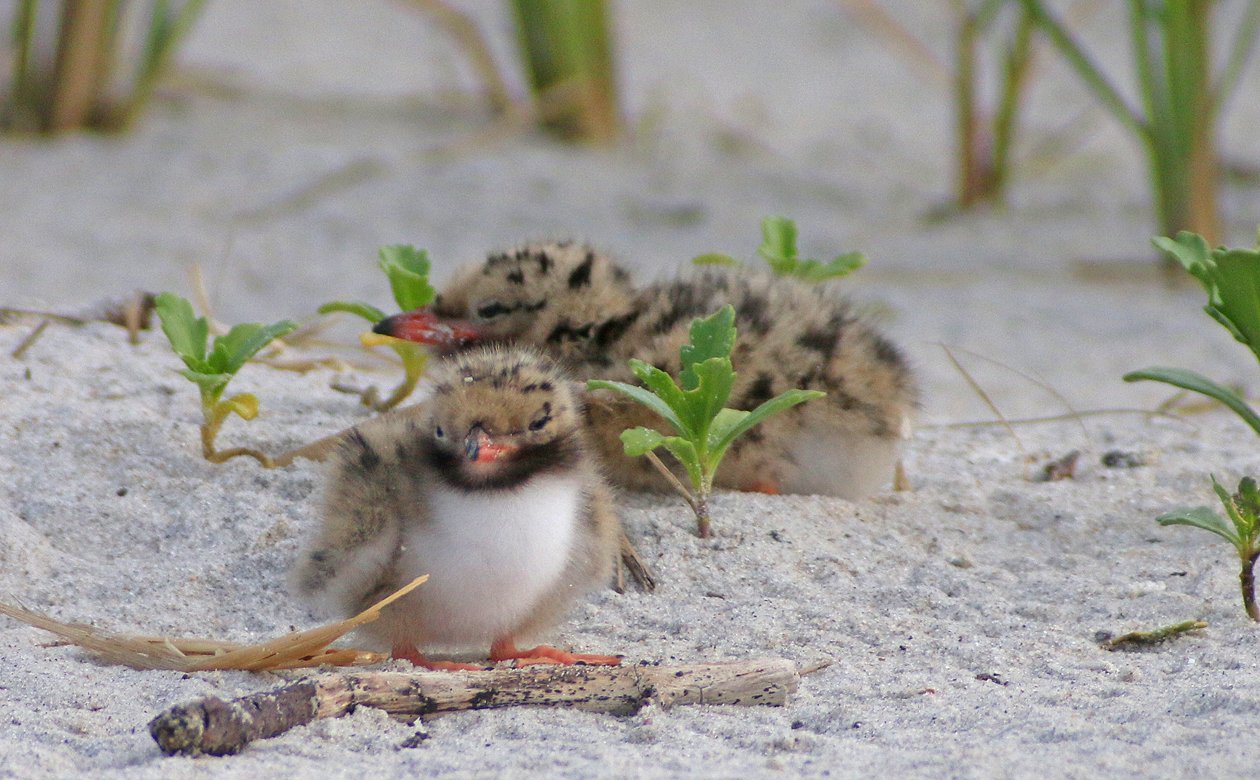
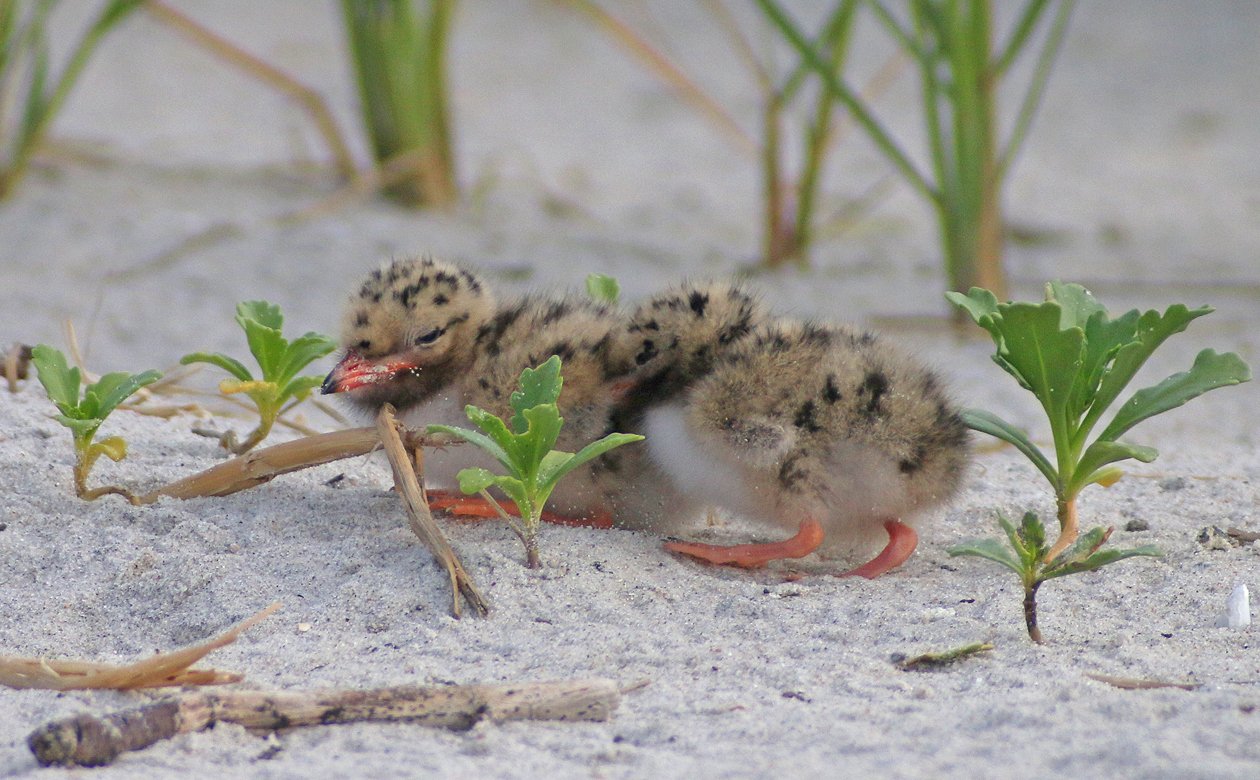











What fabulous tern photos! I’d never seen babies before. Great post!